I Remember Mama (1948)
“He paid with far, far better things than money.”
|
Synopsis: |
|
Genres, Themes, Actors, and Directors:
Review: … showing us how calculating (literally) Martha is, in the best sense of the word — from the opening scene in which she carefully determines how much money their family has left to spend after accounting for all expenses: … to a sequence in which she figures out how to protect her bullied sister (Ellen Corby) — hoping to marry the town mortician (Edgar Bergen) — from merciless teasing by their mean older sisters (Hope Landin and Edith Evanson): … to her ruse for sneaking into the hospital to visit her child: … and her ability to leverage her cooking expertise and people skills as she helps Bel Geddes gain support and advice from a renowned female author (Florence Bates): While the primary focus is (appropriately) on “Mama”, this long-ish film (it clocks in at over 2 hours) shows us a wide variety of memorable anecdotes and characters from Bel Geddes’ past — including a lodger (Cedric Hardwicke) who pays for his room and board through absorbing read-alouds: … her sister Dagmar’s (June Hedin’s) travails with a tom cat named “Uncle” Elizabeth: … and, most especially, her overbearing Uncle Chris (Oskar Homolka): … whose household presence and failing health take up a bit too much screentime, though this is forgivable precisely because he had such an outsized influence in her memory. Nicholas Musuraca’s cinematography is stellar throughout, with especially impressive use made of location shooting to portray life in early 20th century San Francisco: This films remains very much worth a visit, particularly for Dunne’s stand-out performance, but also simply as an overall “good show”. Note: It was jarring for me to hear Homolka’s Austrian accent passed off as Norwegian, though I’m sure most audiences won’t mind. Notable Performances, Qualities, and Moments:
Must See? Categories
Links: |
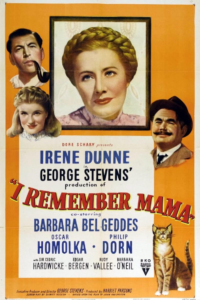
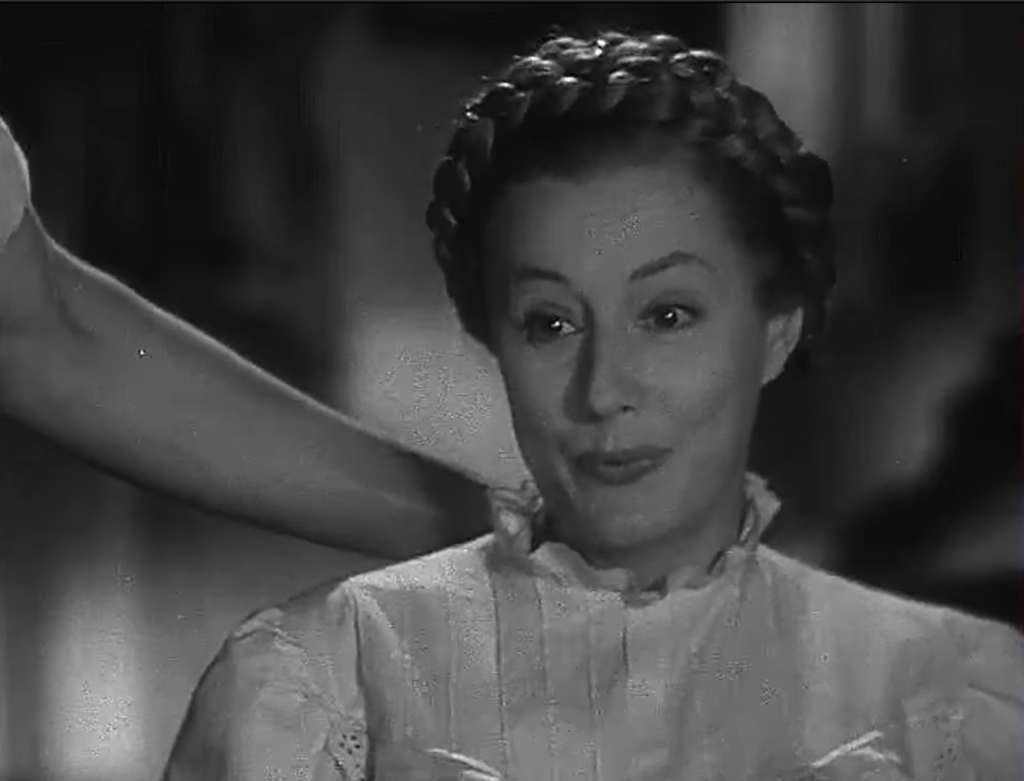
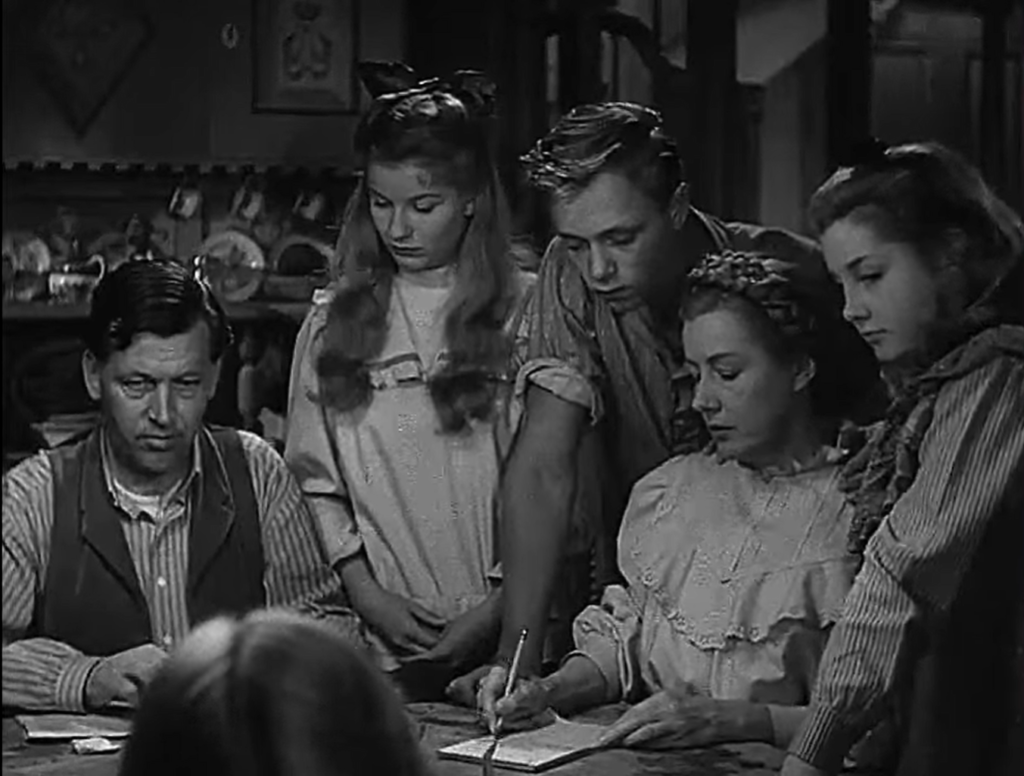
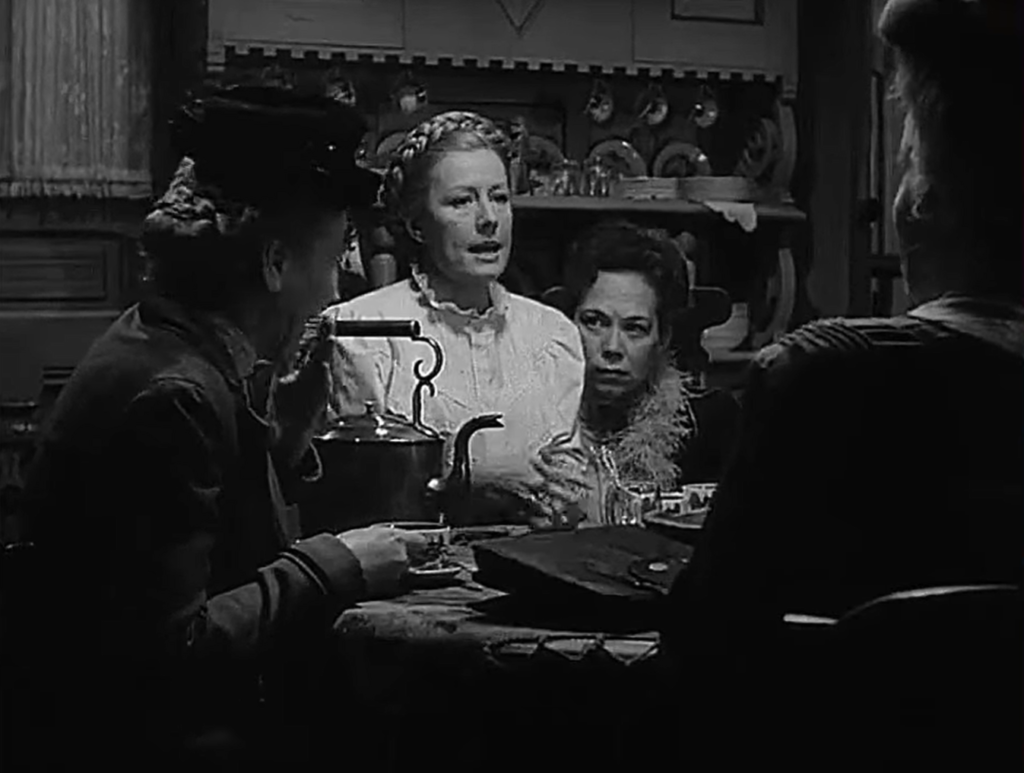
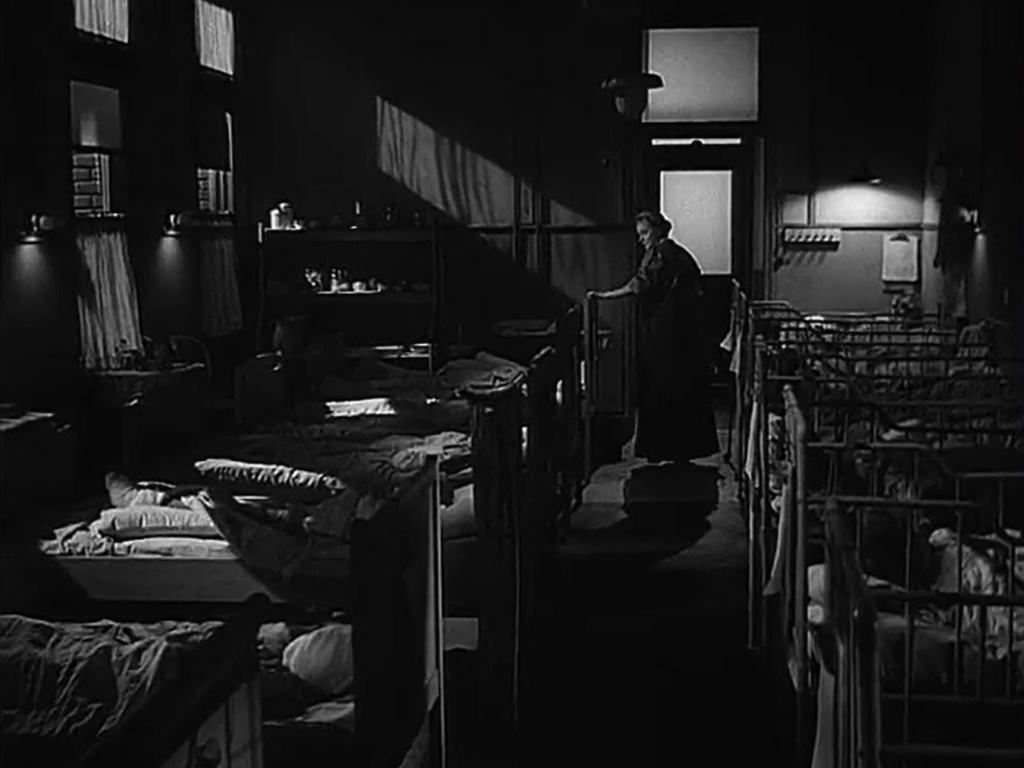
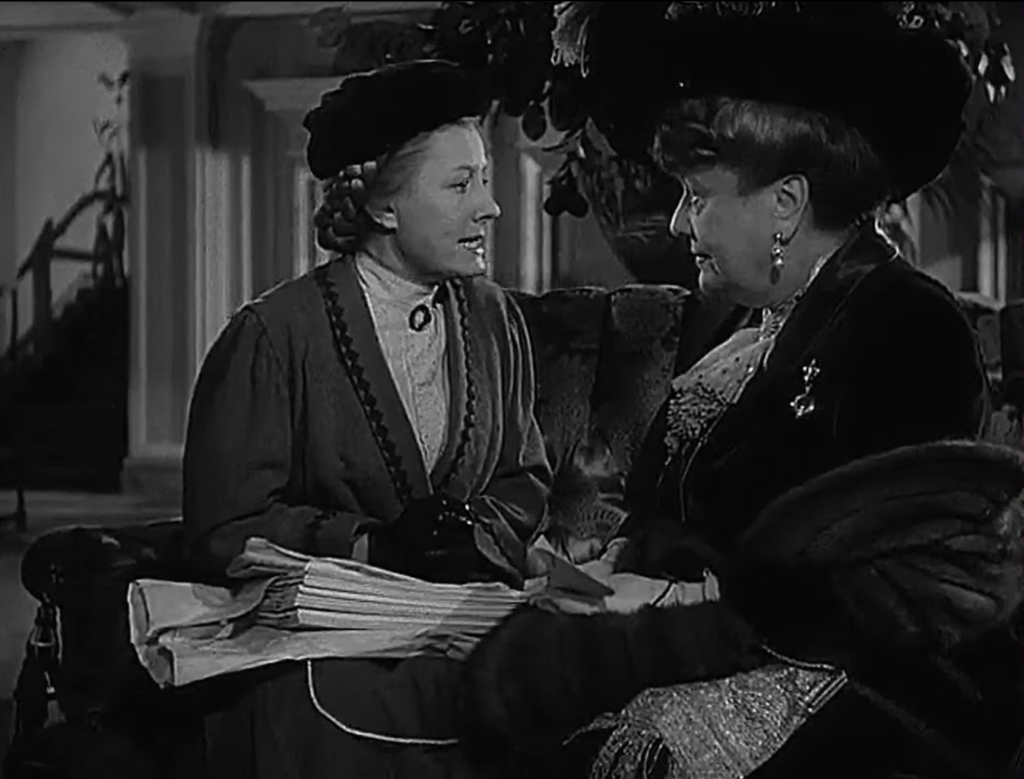
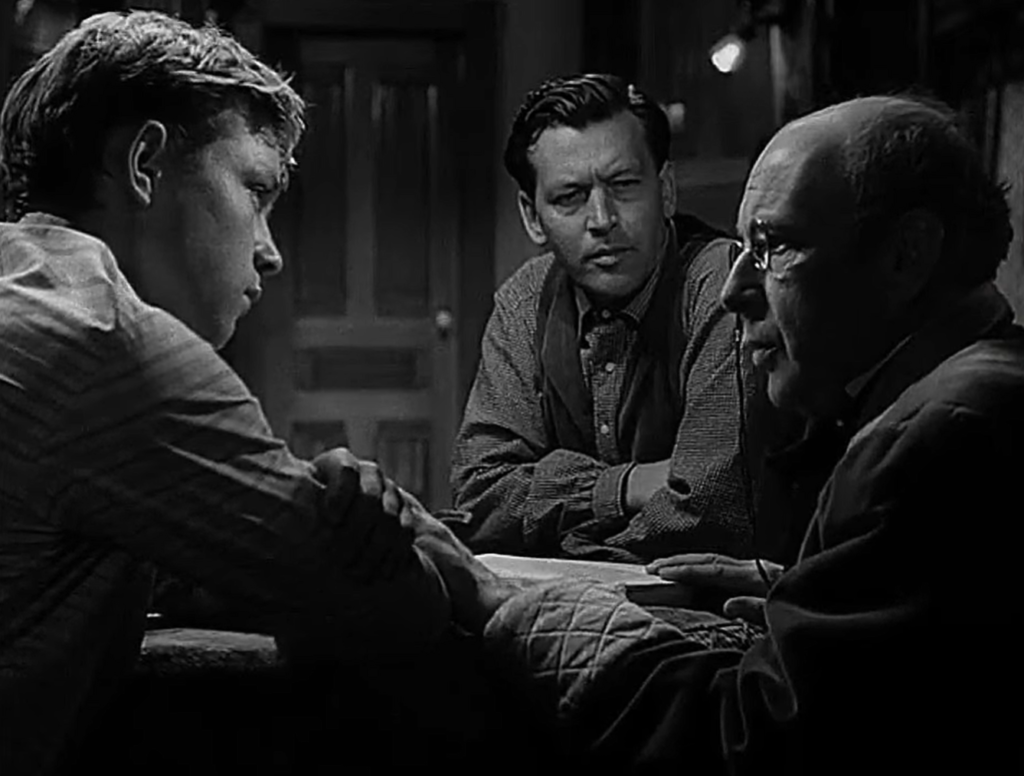
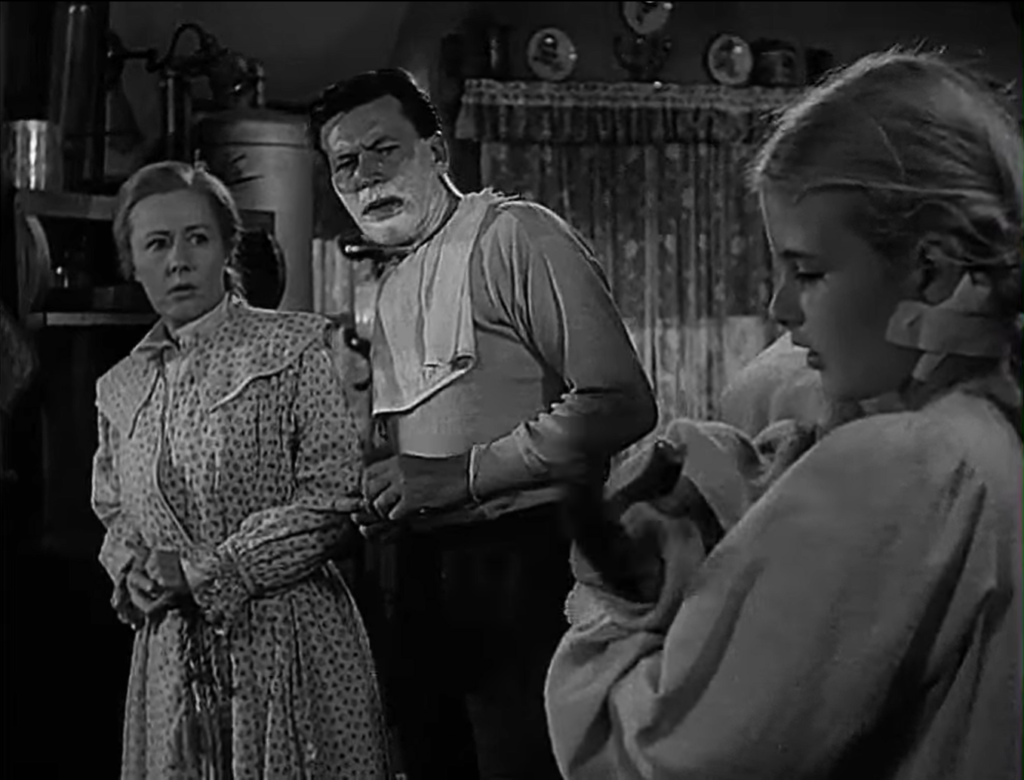


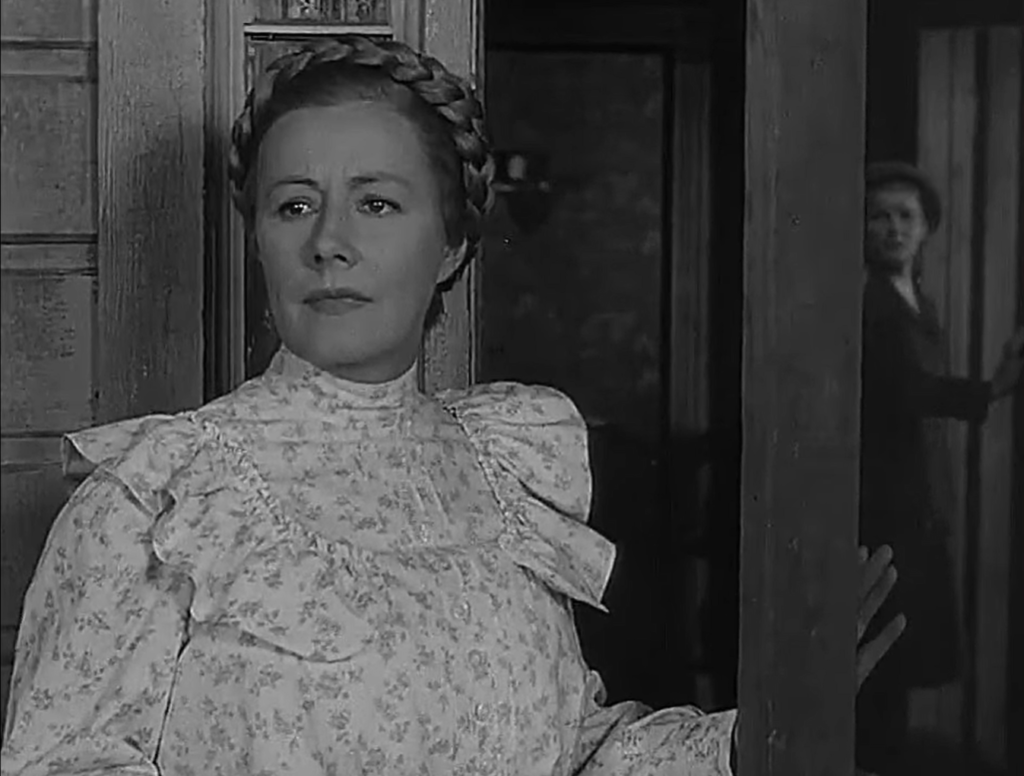
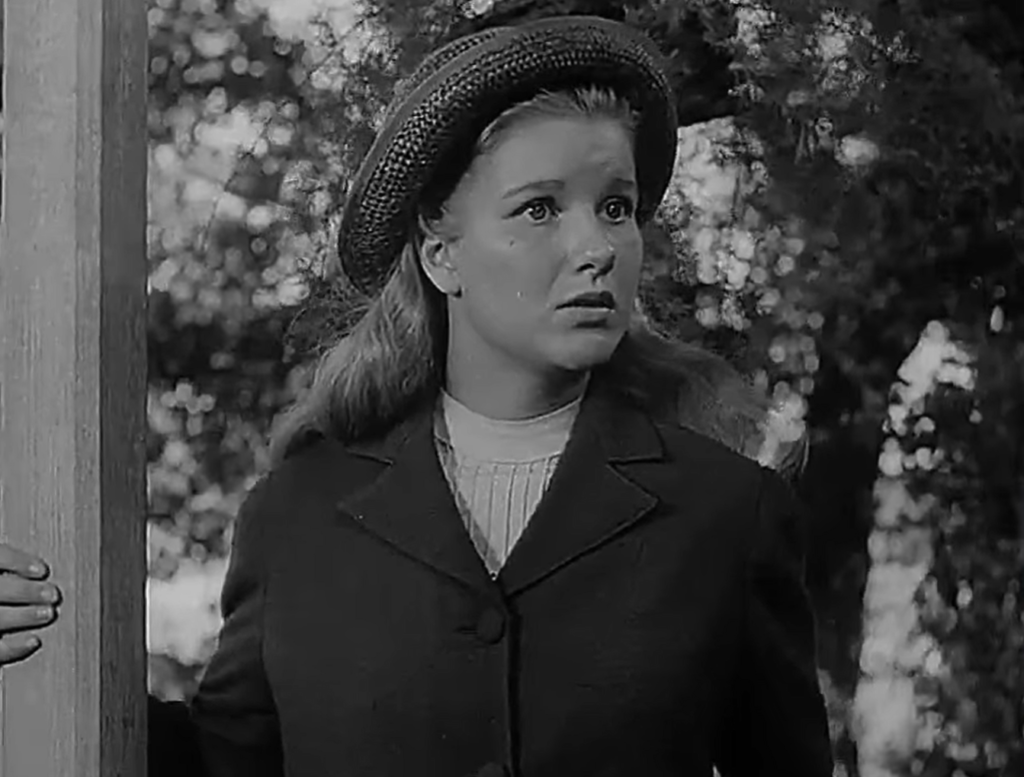
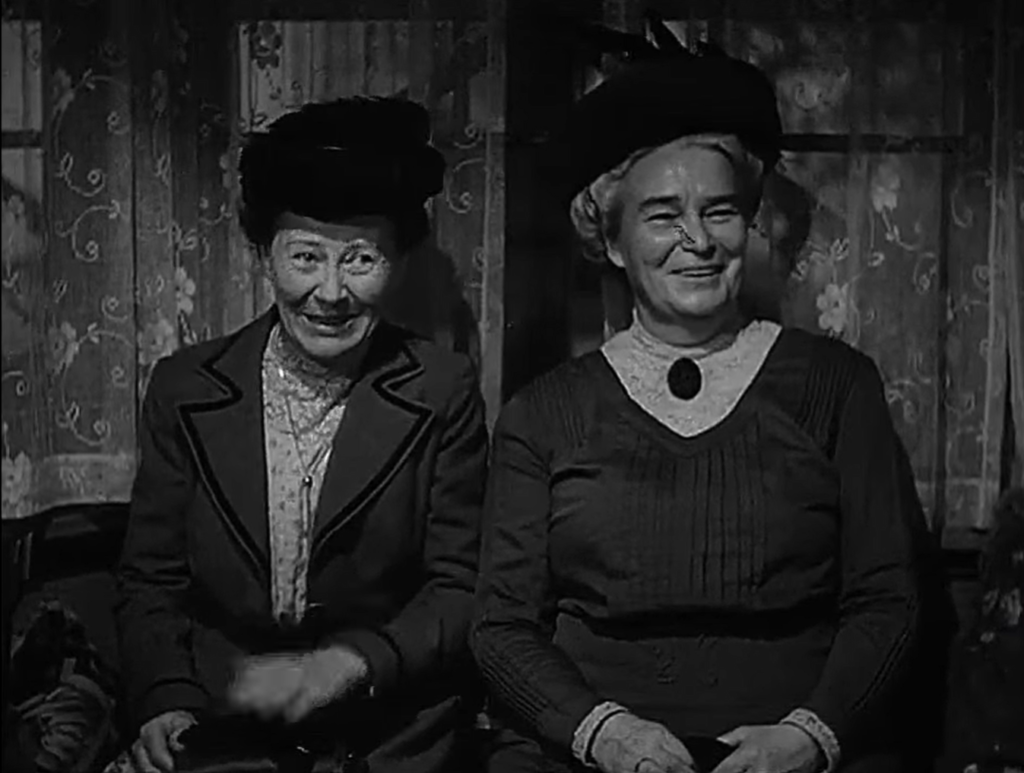
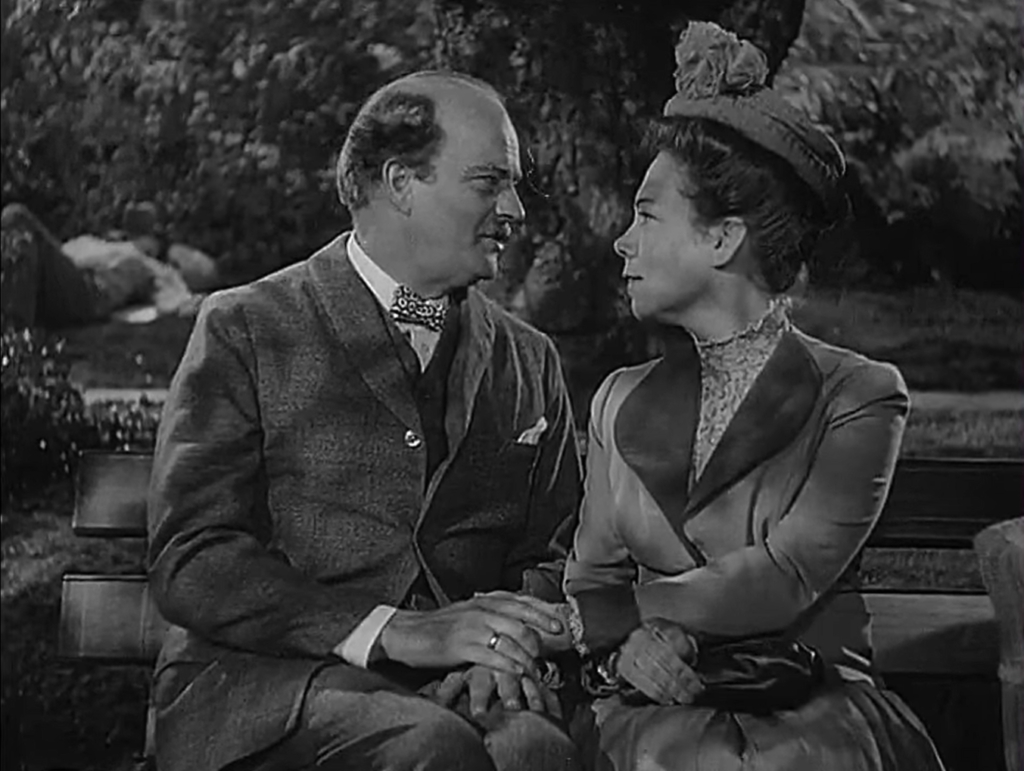
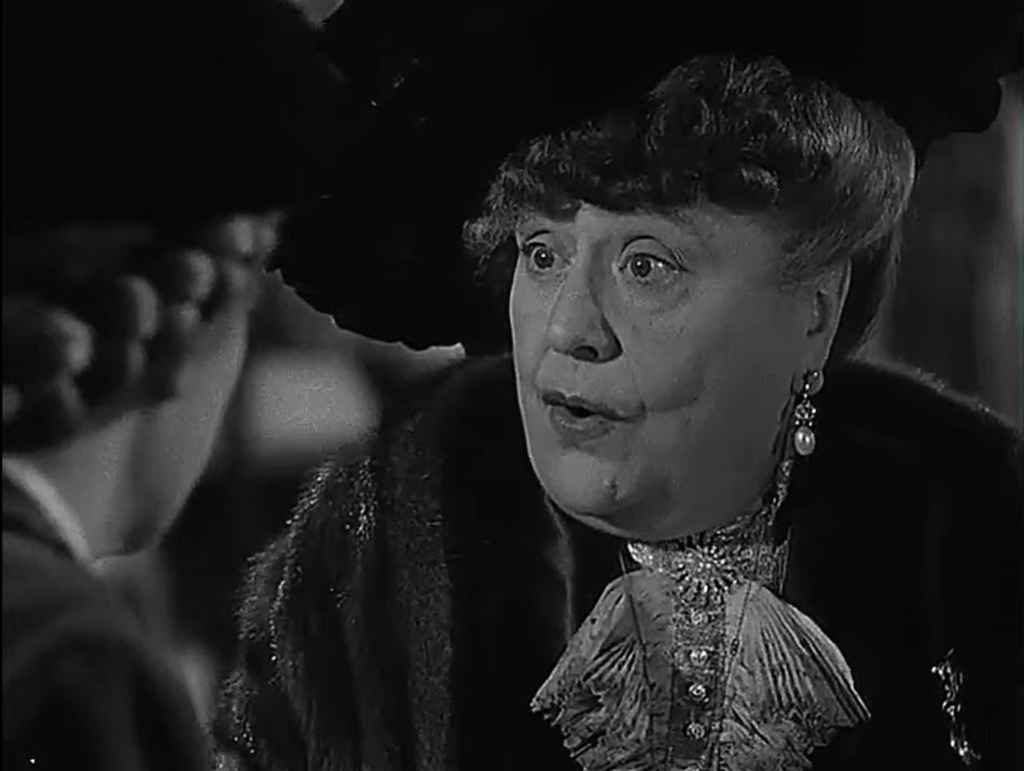

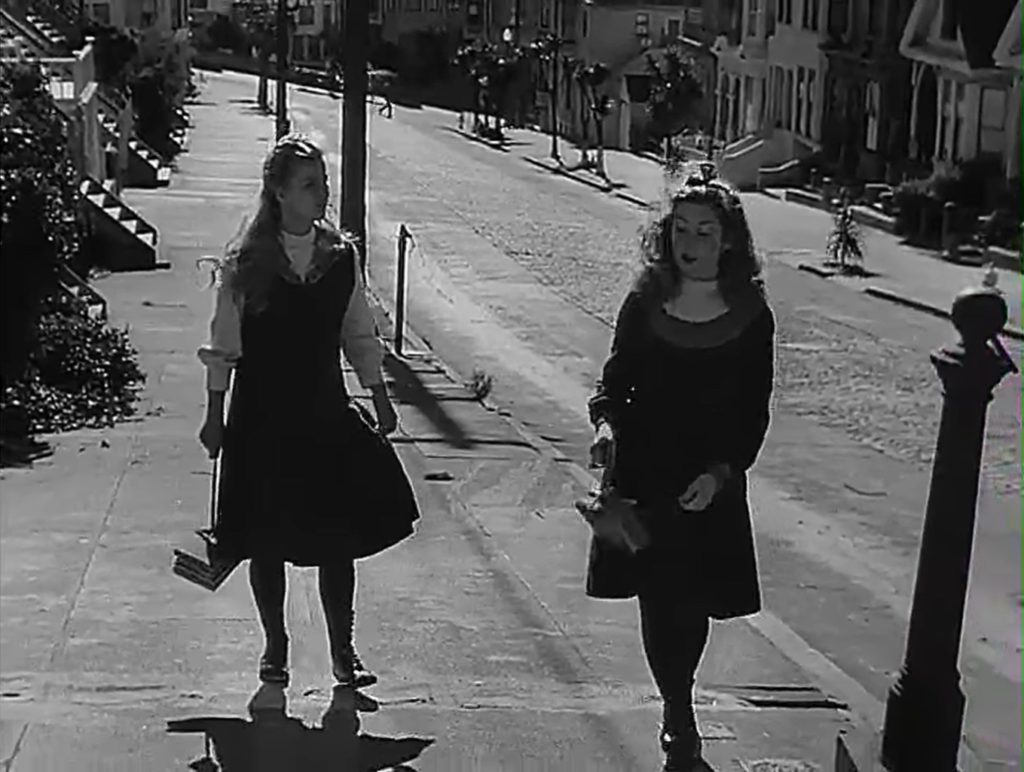
One thought on “I Remember Mama (1948)”
Agreed. Must-see, for Dunne’s performance and as “a good show”. As per my first-viewing (2/4/21) post in ‘The ’40s-’50s in Film’ (fb):
“And Mama was worried. She was talking to me in *Norwegian* on the streetcar.”
‘I Remember Mama’ (1948): Based on an autobiographical 1943 novel by Kathryn Forbes, ‘IRM’ was adapted and staged on Broadway the following year by gay playwright John Van Druten. It ran for 713 performances. The contract for the making of the film stipulated that that could not happen before the play closed.
George Stevens directed the film – which received rave reviews but did not turn a profit (due to its high cost, at the time, of $3 million).
Nostalgia films seemed in vogue in the ’40s: i.e., ‘How Green Was My Valley’, ‘Meet Me in St. Louis’, ‘A Tree Grows in Brooklyn’, etc. In later decades, such films seemed to pop up only periodically (i.e., ‘To Kill a Mockingbird’, ‘Places in the Heart’). As time went on, did they generally appear to simply be saccharine?
I hadn’t seen ‘IRM’ until now, oddly. I’m pleased to report it doesn’t feel saccharine at all (though, admittedly, there are a few moments in the film when I thought, ‘No, not violins! *Please*! Not violins!’, but the strings are kept at a bare minimum).
Apparently, Irene Dunne worked on her Norwegian accent for two months before filming began. But her effectiveness doesn’t rest in her voice; it’s in her entire demeanor. This is some of her very best work. In fact, everyone is good here. I have sometimes criticized Stevens for having what I thought was a heavy hand – but, here, delicacy rules. The pace is often slow but even that only adds to its rich texture.
I was particularly impressed with some supporting actors who (though I already generally liked them) I have never seen better: Oscar Homolka, Florence Bates, Ellen Corby, Barbara O’Neil, Cedric Hardwicke and Rudy Vallee. (Philip Dorn is nicely understated as Papa and Edgar Bergen – without Charlie McCarthy! – registers well.)
The fine screen adaptation is by the very talented DeWitt Bodeen (‘Cat People’, ‘The Enchanted Cottage’, ‘The Seventh Victim’, etc.)